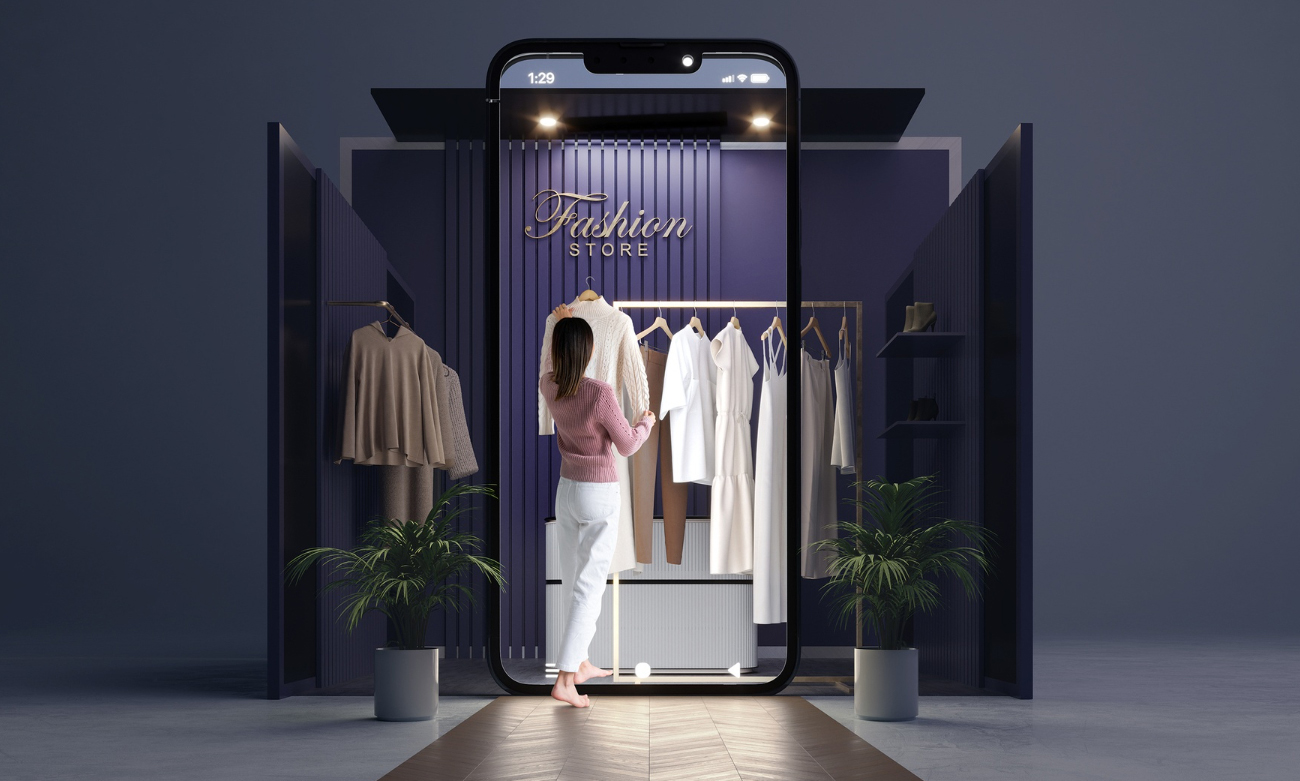
The Evolution of Visual Merchandising: From Storefronts to Screens
Visual merchandising is a crucial element of retail strategy that has evolved significantly over the years. What once focused primarily on creating eye-catching displays in physical storefronts has now expanded to include digital platforms and online marketplaces. There has been a significant growth in visual merchandising and its impact on the retail industry.
If you look back to the time when I started working in the field of visual merchandising it was all about creating attractive displays in brick-and-mortar stores to capture the attention of customers and to drive sales. There was a well planned window display, product presentation, and in-store layout to create a smooth shopping experience that would entice shoppers to make a purchase. Visual Merchandising is and was tagged as the silent salesman. As the it evolved the aim of Visual Merchandising was not just to highlight the key products but to tell a story and to evoke the emotions that would connect with the customers.
With the pandemic we saw a steep rise of e-commerce and online shopping which took visual merchandising to a new dimension. Retailers now have the opportunity to create visually captivating virtual storefronts through websites, social media, and mobile apps. The digital space allows greater flexibility and creativity in designing visual experiences that engage customers and drive conversions. From interactive product galleries to personalized recommendations, online visual merchandising has become a powerful tool for retailers to showcase their products and connect with customers in a dynamic way.
One of the key drivers of the growth of visual merchandising in the digital age is the use of data and analytics. Retailers are now able to track and analyze customer behavior, preferences, and purchasing patterns to optimize their visual merchandising strategies. By leveraging insights from data, retailers can tailor their visual displays to target specific customer segments, enhance the shopping experience, and increase sales.
Another trend shaping the future of visual merchandising is the integration of technology such as augmented reality (AR) and virtual reality (VR). These immersive technologies enable retailers to create interactive and personalized visual experiences that blur the lines between the physical and digital worlds. Customers can now virtually try on clothing, visualize furniture in their homes, or explore products in a 3D environment, enhancing their engagement with brands and products.
Visual merchandising has come a long way from its traditional roots in physical storefronts to its current state as a dynamic and multi-faceted strategy that spans both offline and online channels. The evolution of visual merchandising is driven by advancements in technology, data analytics, and consumer behavior, all of which have contributed to creating more engaging and personalized shopping experiences for customers. At this age, to excel in visual merchandising, we must consider both physical and digital storefronts.




Leave a comment: